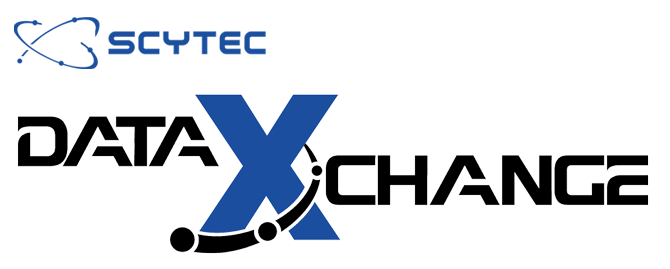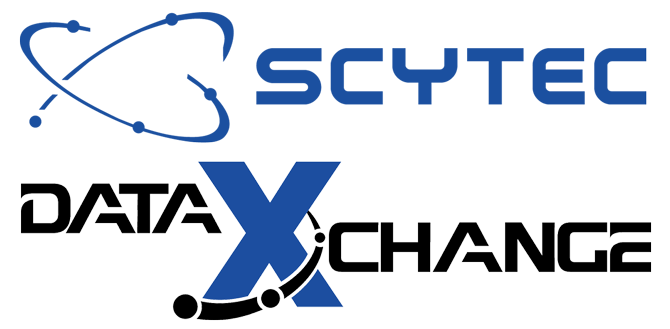The Benefits and Importance of Real-Time Manufacturing Dashboards
Imagine driving a car where the dashboard reports yesterday’s speed and distance covered. It sounds bizarre yet that’s how many Operations and Production Managers run their factories. They know output and OEE numbers for the previous day, but that’s of little help in maximizing performance today. What they need are manufacturing dashboards displaying real-time, actionable information.
The dashboard concept isn’t new in business. In manufacturing however it’s been held back by the difficulty of getting real-time data from production equipment. Today though, manufacturing data collection is being simplified by technologies like MTConnect. Coupling new shop floor technology with advanced analytical tools that turn data into information makes manufacturing dashboards a reality. Here’s how and why that matters and the benefits of using them.
THE MANUFACTURING DASHBOARD CONCEPT
If the dashboard in a vehicle displayed all the available data about the vehicle the driver would be overloaded with information. Instead, the dashboard presents the key items needed to make good decisions about vehicle control.
A manufacturing dashboard does the same for a production operation: it displays, in graphical or chart form, (less often as tables,) the key metrics that indicate performance. Most importantly, as with the vehicle dashboard, this data is shown in real-time.
The data shown depends on the audience and the extent of their control over manufacturing. A supervisor for example will likely want to monitor machine status information, output, yield and scrap rates. A production manager may have more interest in cell and line outputs along with downtime Pareto charts and utilization numbers. Operations Directors meanwhile will be more focused on factors such as overall OEE and summary related information.
ENABLING TECHNOLOGY
To begin with the display, multiple studies agree that users want dashboard graphics on a mobile device, specifically, a tablet. (Phone displays have some benefit but are generally too small.) In addition, it is always good practice to have dashboards displaying Key Performance Indicators (KPIs) on large monitors placed throughout the manufacturing shop floor.
At the other end of the manufacturing dashboard workflow is the data capture technology. While machine and line status can be logged manually at a terminal or by scanning bar codes, this is not true real-time capture. Far better to capture data directly from the machine and let operators only input supplemental information that the equipment is not able to provide.
Today many manufacturing machines incorporate MTConnect. This communications protocol enables machines to share information with standard terminology and definitions. OPC UA provides standard communication to other types of equipment, and for equipment with no native data output capability, it’s possible to add modules interfaced to current, voltage and other types of sensors.
As the data is being collected from the equipment there’s software to crunch the machine data into useful information. Scytec DataXchange is an example. By analyzing data supplied over MTConnect or the other protocols, decisions can be made in real time as to the data and messages that need to be displayed and the notification that should be sent. This information is then served up to the manufacturing dashboards as configured by their users or sent in emails or text messages.
BENEFITS OF REAL-TIME MANUFACTURING DASHBOARDS
First, let’s consider how supervisors, managers and directors get their manufacturing performance information without a real-time dashboard. Clipboards, notebooks, pens and watches are the tools most used by supervisors, supplemented by what the Manufacturing Execution System (MES) and Enterprise Resource Planning (ERP) systems can provide.
Production information from the previous shift or the previous day relating to metrics such as machine status, manning issues, and performance against targets is shared with management at the morning meeting. At this point the data is already 12-24 hours old. Managers then summarize this information as status reports for the directors. Typically, there’s a focus on performance against plan and direct costs. By the time it reaches the director’s desk the data could be days old. Senior management is trying to steer a car by looking in the rearview mirror.
Real-time manufacturing dashboards change this completely. Here are ten of the biggest benefits:
- Accurate data
- Information reflects current and not past status
- Information silos are avoided
- Visual presentation
- Access need-to-know information
- Save time on analysis and presentation
- Use data as part of what you do instead of something in addition to what you already do
- Improved communication
- Encouraging a team mentality rather than a big brother mentality
- Changing the culture of the shop floor
To dive a little deeper, automated manufacturing data collection eliminates reporting errors and bias. It also ensures timeliness. Everyone has access to what they need, rather than information staying within organizational silos. (Example: Quality hears about a problem at the same time as Production.) In addition, graphical display, generated automatically, makes the information easy to understand and avoids spreadsheets and error-prone manual data entry.
MANUFACTURING DASHBOARDS MATTER
The modern manufacturing business runs lean. With no buffers to cushion against unexpected events, the impact of stoppages or other problems, large or small, quickly ripples through the operation.
The old data collection, analysis and reporting methods are too slow, inaccurate and inconsistent for such a dynamic environment. By the time news of a problems reaches the ears of management supervisors have already responded. Usually this means making decisions on-the-fly, using experience and “gut feel” rather than data and analysis. They often get it right but aren’t able to fully optimize today’s complex, fast-moving manufacturing lines.
Manufacturing dashboards put essential information in front of those who need it most, when they need it. Improved decision-making enables more effective use of factory resources. Equipment and worker utilization rise along with yields while waste and delays fall. From the senior management perspective, higher OEE means more capacity and better quality. Costs fall, margins and profitability grow. That’s why real-time manufacturing dashboards are so important.


